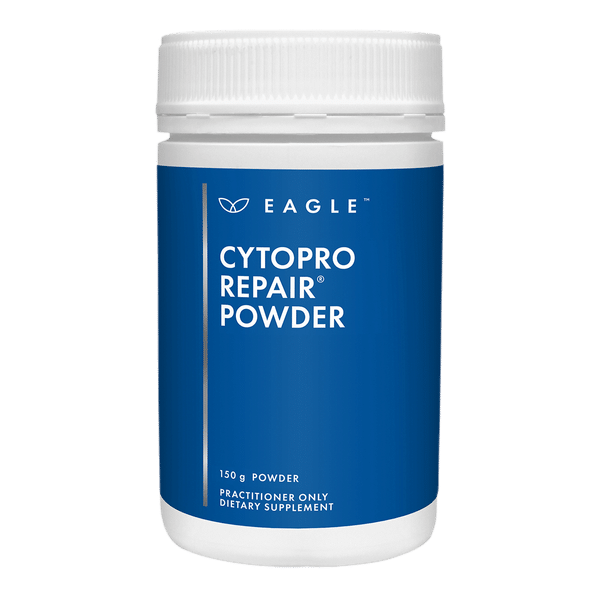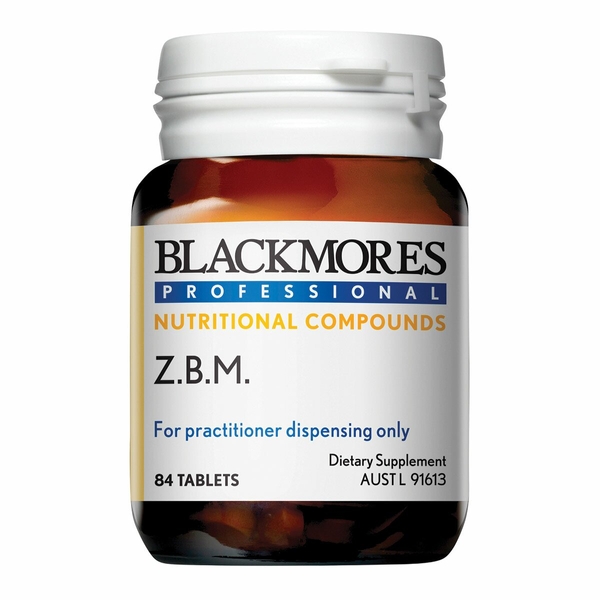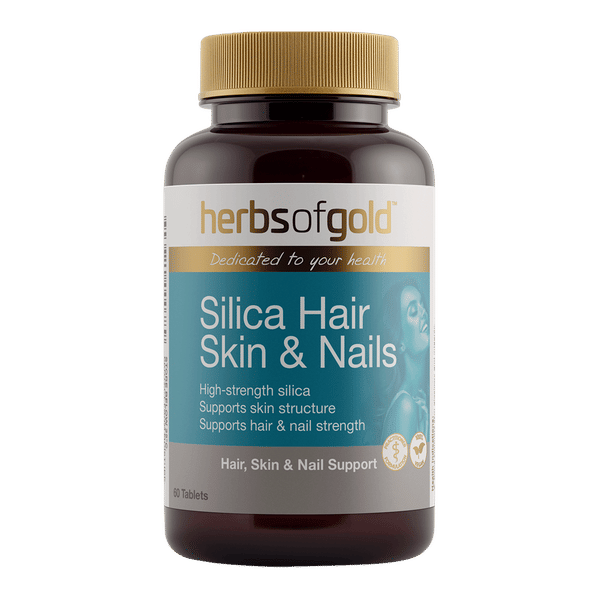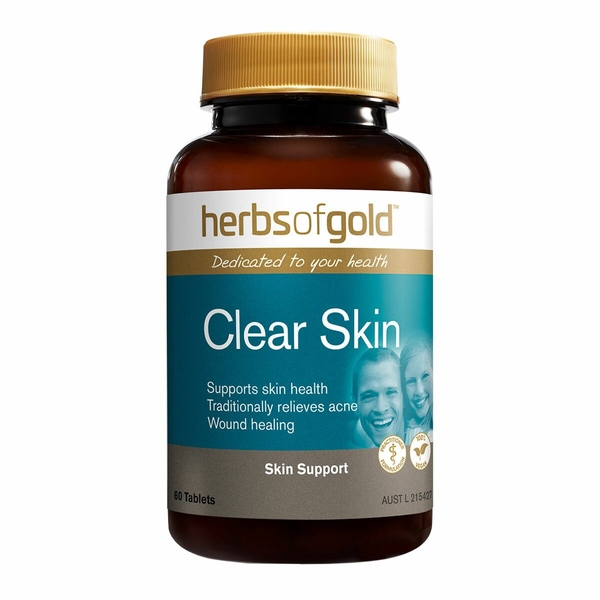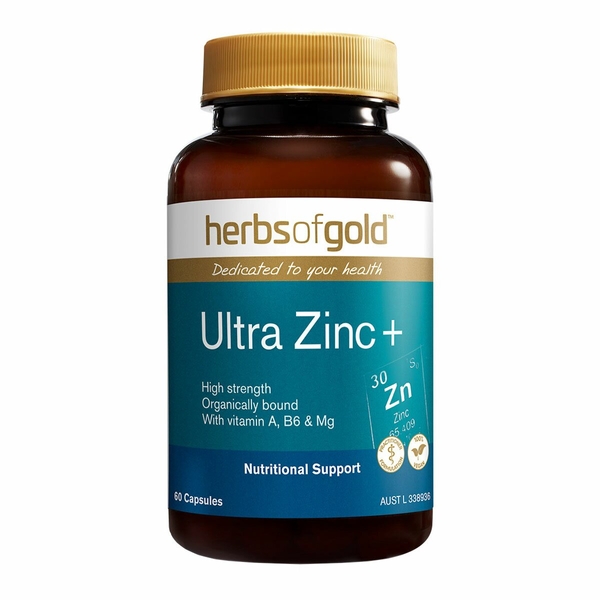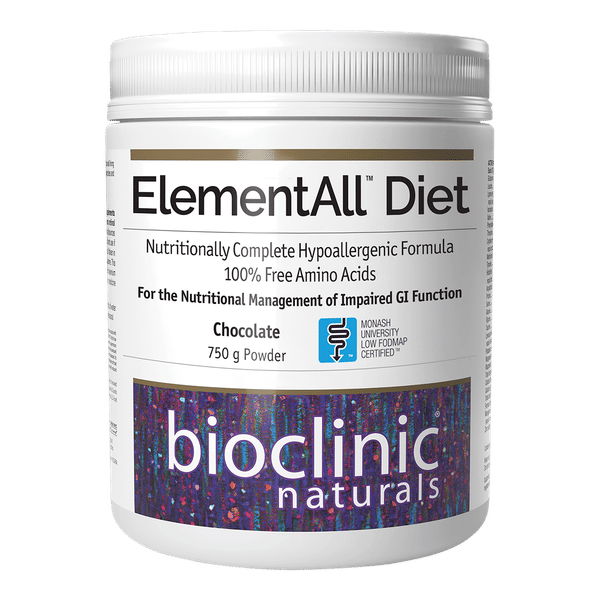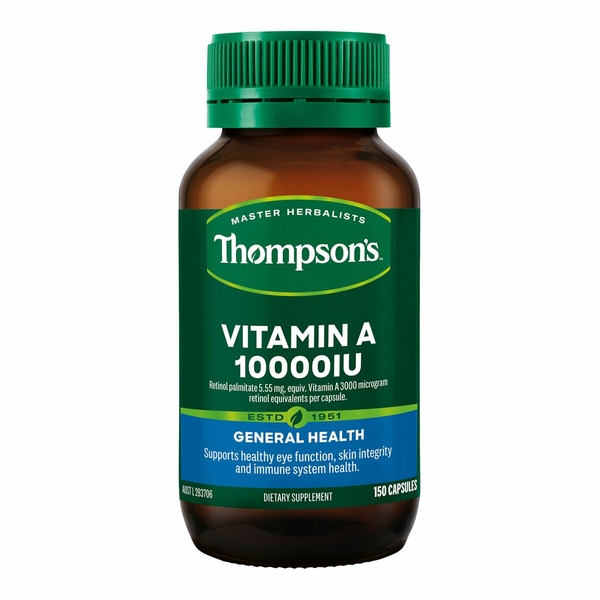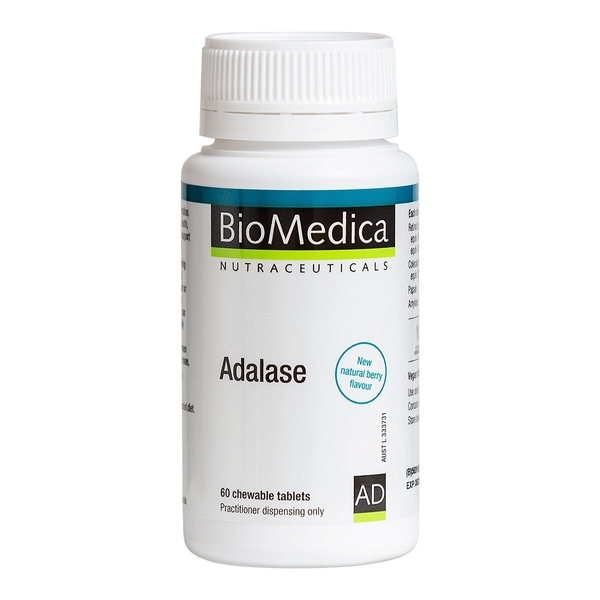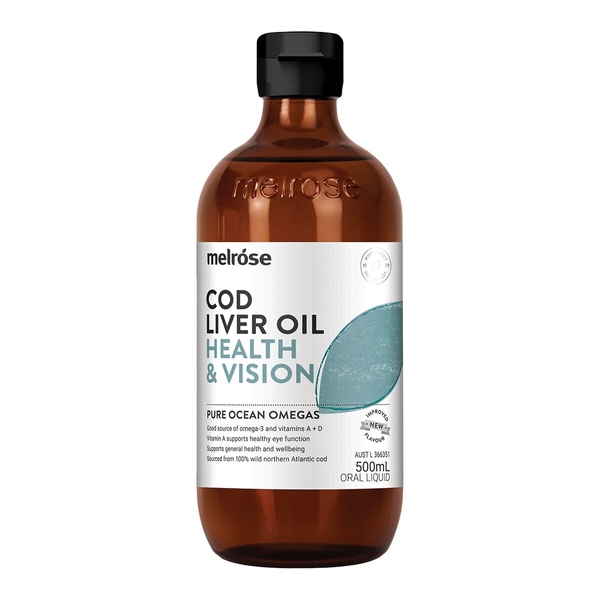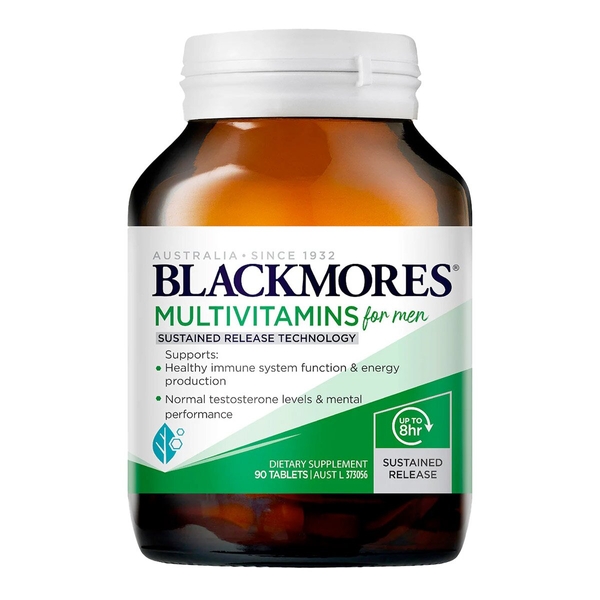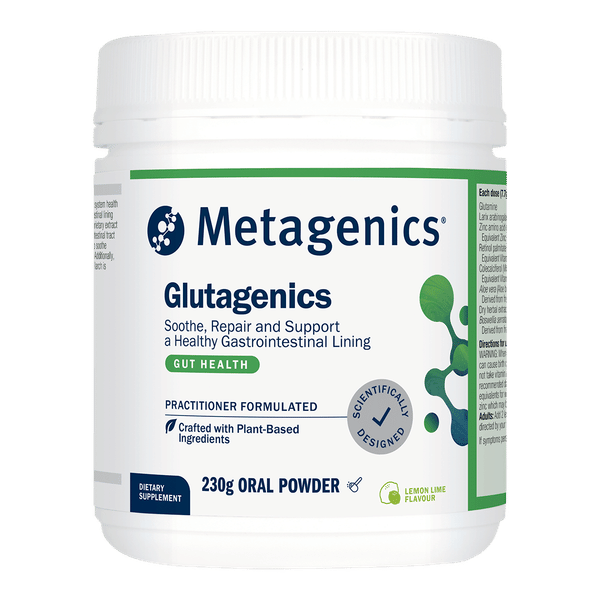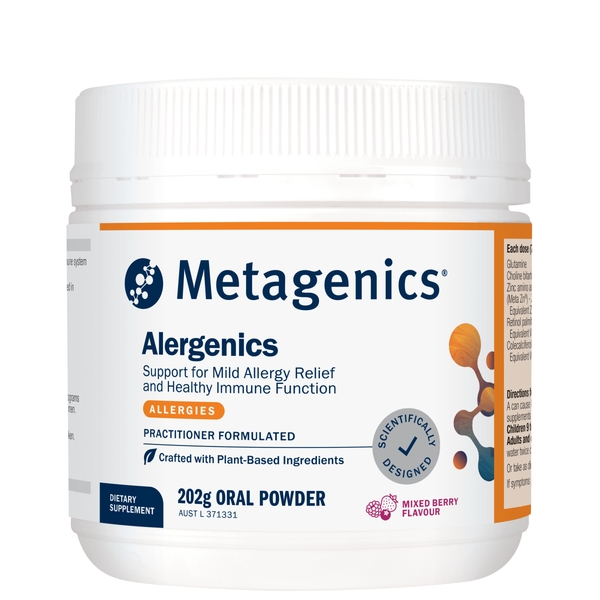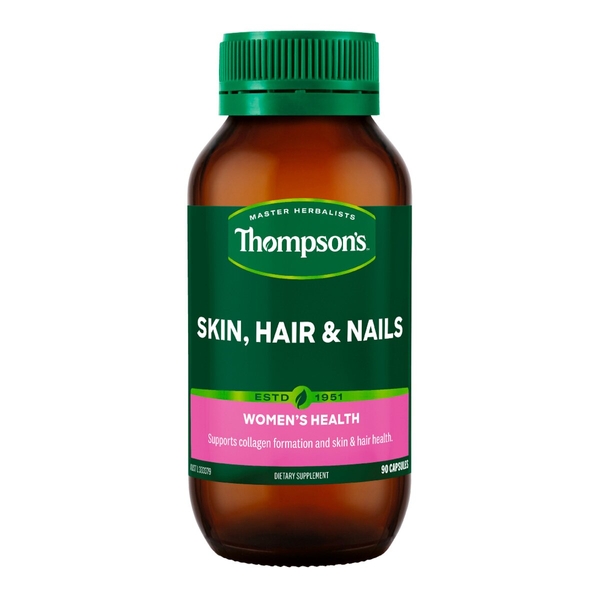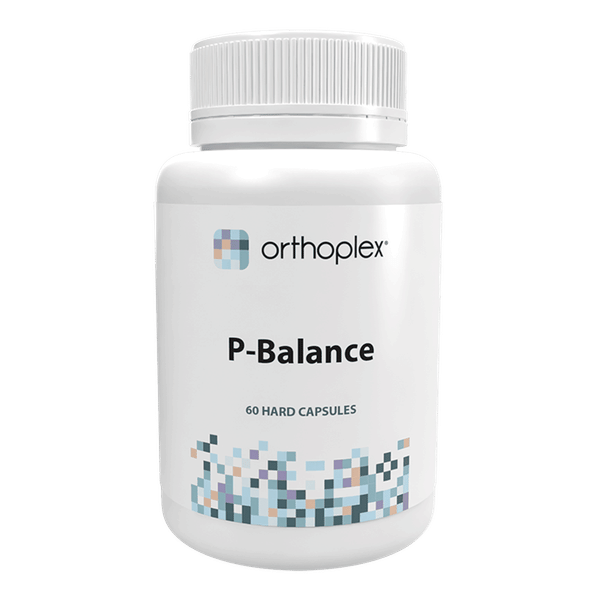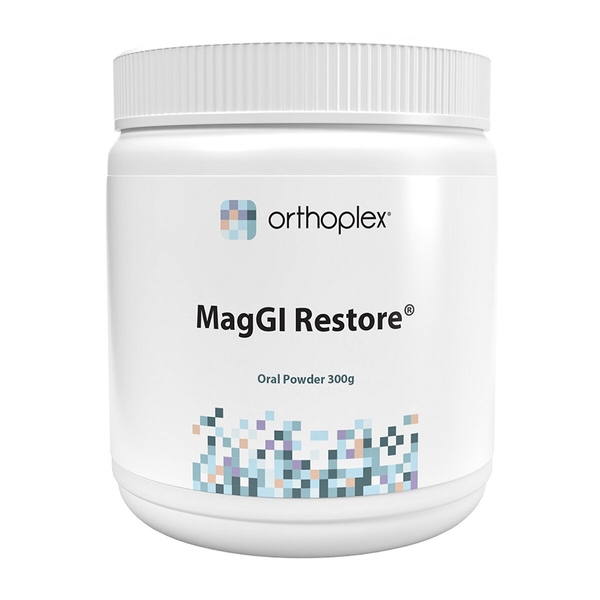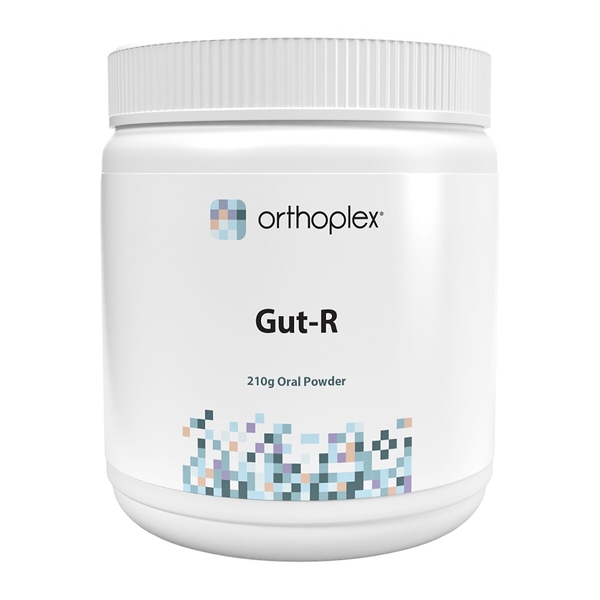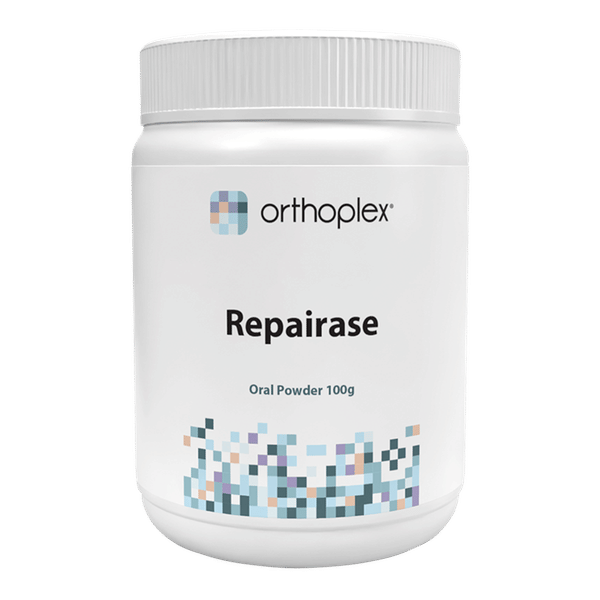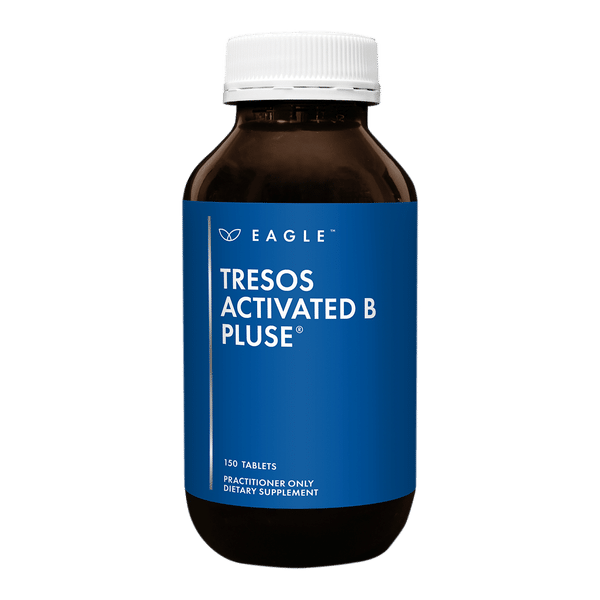
Background
Vitamin A is needed for the proper growth and functioning of many parts of the body, including the eyes, skin, and immune system. It can be found in many foods, including liver, eggs, whole milk, butter, fortified margarine, meat, and oily saltwater fish. The body can also make vitamin A from carotenoids, which are a group of chemicals found in some plants, especially certain orange, red, and green fruits and vegetables.
People most commonly use vitamin A for treating vitamin A deficiency. It is also used for aging skin, acne, HIV/AIDS, cataracts, child development, infections, and many other conditions.
Safety Safety definitions
Pre-formed vitamin A is possibly unsafe when taken in doses greater than 10,000 units (3,000 mcg) daily. Higher doses might increase the risk of side effects. Long-term use of large amounts might cause serious side effects including mental changes and liver damage.
When applied to the skin: Vitamin A is possibly safe when used short-term. Retinol 0.5% serum has been used daily for up to 12 weeks without serious side effects.
Special Precautions & Warnings:
Pregnancy and breast-feeding: Vitamin A is likely safe when taken in recommended amounts of less than 10,000 units (3,000 mcg) of pre-formed vitamin A daily in those 19 years of age and older and 2800 mcg daily in those 14-18 years of age. Larger amounts are possibly unsafe and can cause birth defects. Monitor vitamin A intake from all sources during the first three months of pregnancy. Pre-formed vitamin A is found in several foods including animal and fish liver, some fortified breakfast cereals, and dietary supplements.Children: Vitamin A is likely safe when taken in the recommended amounts. The maximum amounts of vitamin A that are safe for children are based on age. Vitamin A is possibly unsafe for children when taken by mouth in high doses. Taking high doses can cause side effects, including irritability, sleepiness, diarrhea, and other problems.
Excessive use of alcohol: Drinking alcohol might increase vitamin A's potentially harmful effects on the liver.
Disorders in which the body does not absorb fat properly: People with conditions that affect fat absorption are not able to absorb vitamin A properly. These conditions include celiac disease, short gut syndrome, jaundice, cystic fibrosis, pancreatic disease, and cirrhosis of the liver. If you have one of these conditions, take water-soluble forms of vitamin A, called carotenoids, instead.
Iron deficiency: Iron deficiency might affect the body's ability to use vitamin A.
Liver disease: Too much vitamin A might make liver disease worse. Do not take vitamin A supplements if you have liver disease.
Malnutrition: In people with severe protein malnutrition, taking vitamin A supplements might result in having too much vitamin A in the body.
Zinc deficiency: Zinc deficiency might cause symptoms of vitamin A deficiency. Taking a combination of vitamin A and zinc supplements might be necessary to improve this condition.
Effectiveness
- Vitamin A deficiency. Taking vitamin A by mouth is effective for preventing and treating vitamin A deficiency.
- Aging skin. Applying vitamin A (retinol) on the skin improves skin color, flexibility, and wrinkles in people with aging skin. It isn't clear whether non-prescription retinol works as well as prescription products such as tretinoin (Renova).
- A lung disease that affects newborns (bronchopulmonary dysplasia). Giving vitamin A as a shot seems to reduce the risk of this lung disease in infants born with a low birth weight. Vitamin A shots can only be given by a healthcare provider. It isn't clear whether giving vitamin A by mouth is helpful.
- Diarrhea. Giving vitamin A by mouth to young children who are at risk of vitamin A deficiency seems to prevent diarrhea. It isn't clear whether taking vitamin A while breastfeeding can help to prevent diarrhea in the nursing infant.
- Measles. Having a low level of vitamin A increases the risk for measles in young children. It also increases the risk for complications and death from measles. Taking vitamin A while sick with measles seems to reduce the risk of serious illness and death in young children.
- Ability to see in low-light conditions. Taking vitamin A by mouth during pregnancy seems to reduce night blindness by 37% in malnourished adults. Vitamin A might work better for this condition when taken with zinc.
- White patches inside the mouth that are usually caused by smoking (oral leukoplakia). Taking high-dose vitamin A by mouth can help treat these lesions.
- Death from any cause. Taking high-dose vitamin A by mouth reduces the risk of death in children under 5 years of age who are at risk for vitamin A deficiency. Taking vitamin A doesn't seem to reduce the risk of death in healthy adults.
- Complications after childbirth. Taking vitamin A by mouth before, during, and after pregnancy reduces diarrhea and the risk of death after giving birth in malnourished adults.
- An inherited eye condition that causes poor night vision and loss of side vision (retinitis pigmentosa). Taking vitamin A by mouth can slow the progression of an eye disease that causes damage to the retina.
- A type of inflammatory bowel disease (ulcerative colitis). Taking vitamin A by mouth daily for 2 months can reduce symptoms in adults with ulcerative colitis.
- Skin wrinkles from sun damage. Applying non-prescription vitamin A (retinol) serum to the skin improves skin smoothness and wrinkles in females with sun-damaged skin. It might work as well as the prescription products that are approved by the FDA for treating skin wrinkles, such as tretinoin (Renova).
- Head and neck cancer. Taking vitamin A by mouth does not reduce the risk of developing new tumors or improve survival in people with head and neck cancer.
- HIV transmission. Taking vitamin A by mouth does not lower the risk of passing HIV to the fetus during pregnancy, to newborns during delivery, or to infants during breastfeeding. Taking vitamin A supplements during pregnancy might actually increase the risk of passing HIV to babies through breast milk.
- Infection of the lower airways. Taking vitamin A by mouth does not prevent or reduce symptoms of lower airway infections in children. Also, taking vitamin A while breast-feeding does not seem to prevent these infections in nursing infants.
- Prone to allergies and allergic reactions (atopic disease). Giving a single dose of vitamin A by mouth to infants does not seem to prevent atopy.
- Death of an unborn or premature baby. Taking vitamin A by mouth before, during, or after pregnancy does not seem to prevent infant death during the first year of life. Also giving vitamin A by mouth directly to infants doesn't seem to prevent infant death.
- Infection of the intestines by parasites. Giving a single dose of vitamin A by mouth to children taking medicine to treat intestinal parasites doesn't seem to prevent reinfection.
- The most serious type of skin cancer (melanoma). Taking a high dose of vitamin A by mouth doesn't seem to improve survival in people with melanoma.
- Miscarriage. Taking vitamin A by mouth, alone or in combination with other vitamins, before or during early pregnancy doesn't reduce the risk of miscarriage or stillbirth.
- Blood infection (sepsis). Giving vitamin A to premature infants doesn't seem to prevent sepsis.
- Tuberculosis. Taking vitamin A by mouth doesn't seem to improve symptoms or decrease the risk of death in people with this condition.
Dosing & administration
In supplements, vitamin A is available as pre-formed vitamin A (retinol or retinyl ester) and provitamin A (carotenoids). For products that contain both forms, count the amount of pre-formed vitamin A to determine what is safe. Vitamin A is also available in many topical products, including creams, serums, and lotions. Speak with a healthcare provider to find out what type of product and dose might be best for a specific condition.
Interactions with pharmaceuticals
Antibiotics (Tetracycline antibiotics)
Interaction Rating=Moderate Be cautious with this combination.
Taking very large amounts of vitamin A along with tetracyclines can increase the chance of a serious side effect called intracranial hypertension. But taking normal doses of vitamin A along with tetracyclines does not seem to cause this problem. Do not take large amounts of vitamin A if you are taking antibiotics.
Medications for skin conditions (Retinoids)
Interaction Rating=Major Do not take this combination.
Some medications for skin conditions are made from vitamin A. Taking vitamin A and these medications together could cause toxic effects.
Medications that can harm the liver (Hepatotoxic drugs)
Interaction Rating=Moderate Be cautious with this combination.
Taking large amounts of vitamin A might harm the liver. Some medications can also harm the liver. Taking high doses of vitamin A along with a medication that can harm the liver might increase the risk of liver damage.
Warfarin (Coumadin)
Interaction Rating=Moderate Be cautious with this combination.
Warfarin is used to slow blood clotting. Large amounts of vitamin A can also slow blood clotting. Taking vitamin A along with warfarin can increase the chances of bruising and bleeding. Be sure to have your blood checked regularly. The dose of your warfarin might need to be changed.
Interactions with herbs & supplements
Interactions with foods
Products
View all products- Retinyl acetate 900 μg RE equiv. vitamin A 3000 IU
- L-glutamine 2 g
- Zinc citrate 32 mg equiv. zinc 10 mg
- Curcuma longa ext. 60 mg
- Larix occidentalis (arabinogalactan) (Larch) 750 mg
- Cholecalciferol 5 μg equiv. vitamin D3 200 IU
- Apple pectin 100 mg
- Glycyrrhiza glabra deglycyrrhizinised ext. 75 mg
- Aloe barbadensis ext. 25 mg
- Actinidia deliciosa ext. 125 mg
- Actinidia deliciosa ext. 125 mg
- Brassica oleracea var. italica ext. 75 mg
- Retinol acetate 750 μg RE equiv. vitamin A 2500 IU
- Total Silicon 216 mg
- Ascorbic acid (Vitamin C) 200 mg
- Biotin 2.5 mg
- Calcium pantothenate (Vitamin B5) 27 mg equiv. pantothenic acid 25 mg
- Zinc amino acid chelate 100 mg equiv. zinc 20 mg
- Glycine 20 mg
- Lysine hydrochloride 25 mg equiv. lysine 20 mg
- L-proline 20 mg
- Retinol acetate 450 µg RE equiv. vitamin A 1500 IU
- Zinc amino acid chelate 100 mg equiv. zinc 20 mg
- Zinc citrate dihydrate 52.96 mg equiv. zinc 17 mg
- Zinc gluconate 92.86 mg equiv. zinc 13 mg
- Magnesium amino acid chelate 100 mg equiv. magnesium 20 mg
- Pyridoxine hydrochloride (Vitamin B6) 20 mg equiv. pyridoxine 16.5 mg
- Retinol palmitate 421.72 μg equiv. vitamin A 767 IU
- L-leucine 1.68 g
- Lysine hydrochloride 451.03 mg equiv. l-lysine 361 mg
- L-isoleucine 450 mg
- L-valine 450 mg
- L-phenylalanine 200 mg
- Cysteine hydrochloride 45 mg equiv. l-cystine 31.04 mg
- L-methionine 120 mg
- L-tyrosine 112.5 mg
- Histidine hydrochloride 185.25 mg equiv. l-histidine 150 mg
- L-aspartic acid 111 mg
- L-proline 111 mg
- L-serine 27.75 mg
- L-alanine 27.75 mg
- L-glycine 27.75 mg
- Taurine 11 mg
- Levocarnitine tartrate (L-carnitine) 10.99 mg equiv. levocarnitine 7.5 mg
- Zinc sulphate monohydrate 5.66 mg equiv. zinc 2.08 mg
- Sodium ascorbate (Vitamin C) 22.5 mg equiv. ascorbic acid 20 mg
- d-alpha-Tocopheryl acetate 10 mg equiv. vitamin E 10 IU
- Cholecalciferol 1.65 μg equiv. vitamin D3 66 IU
- Cyanocobalamin (Vitamin B12) 2 μg
- L-glutamine 2.22 g
- L-threonine 200 mg
- Ferrous fumarate 4.6 mg equiv. iron 1.5 mg
- Manganese sulphate monohydrate 1.04 mg equiv. manganese 330 μg
- Selenomethionine 37.5 μg equiv. selenium 11.54 μg
- Copper sulfate pentahydrate 675 μg equiv. copper 167 μg
- Molybdenum trioxide 11.25 μg equiv. molybdenum 8 μg
- Chromium picolinate 30.87 μg equiv. chromium 3.84 μg
- Potassium iodide 225 μg equiv. iodine 17 μg
- Borax 2.25 mg equiv. boron 250 μg
- Choline bitartrate 80.84 mg equiv. choline 33.25 mg
- Nicotinamide (Vitamin B3) 3.25 mg
- Pyridoxine hydrochloride (Vitamin B6) 790 μg equiv. pyridoxine 650 μg
- Riboflavin (Vitamin B2) 500 μg
- Thiamine nitrate (Vitamin B1) 616.83 μg equiv. thiamine 500 μg
- Biotin 50 μg
- Calcium pantothenate (Vitamin B5) 3.53 mg equiv. pantothenic acid 3.25 mg
- Phytomenadione (Vitamin K1) 10 μg
- Glucose monohydrate (Dextrose) 12.5 g
- Sunflower lecithin 250 mg
- Potassium citrate 403 mg equiv. potassium 145.75 mg
- Folic acid 31.27 μg
- Calcium glycerophosphate 392.66 mg equiv. calcium 75 mg
- Calcium phosphate 62.7 mg equiv. calcium 25 mg
- Magnesium glycerophosphate 50.1 mg equiv. magnesium 6.25 mg
- Magnesium citrate 166.65 mg equiv. magnesium 27 mg
- Chromic chloride hexahydrate 46.95 μg equiv. chromium 9.16 μg
- Levomefolate glucosamine (Activated folate) 8 μg equiv. levomefolic acid 4.5 μg
- Medium Chain Triglycerides (powder) (MCT) 3 g
- Retinyl acetate (Vitamin A) 3.36 mg equiv. vitamin A 9500 IU equiv. retinol equivalents 2850 μg
- Carica papaya (Papain) 190 mg
- Amylase enzyme 63.4 mg equiv. amylase 9754 DU
- Cholecalciferol 9.5 μg equiv. vitamin D3 380 IU
- Retinol acetate 1.1 mg equiv. vitamin A 900 µg
- d-alpha-Tocopheryl acid succinate 12.3 mg equiv. vitamin E 14.9 IU
- Ascorbic acid (Vitamin C) 45 mg
- Cyanocobalamin (Vitamin B12) 2.4 µg
- Selenomethionine 175 µg equiv. selenium 70 µg
- Cholecalciferol 5 µg equiv. vitamin D3 200 IU
- Zinc oxide 17.4 mg equiv. zinc 14 mg
- Pyridoxine hydrochloride (Vitamin B6) 1.6 mg equiv. pyridoxine 1.3 mg
- Biotin 30 µg
- Magnesium oxide - heavy 87.5 mg equiv. magnesium 50 mg
- Nicotinamide (Vitamin B3) 16 mg
- Folic acid 400 µg
- Potassium iodide 197 µg equiv. iodine 150 µg
- Thiamine nitrate (Vitamin B1) 1.5 mg equiv. thiamine 1.2 mg
- Calcium pantothenate (Vitamin B5) 6.5 mg equiv. pantothenic acid 6 mg
- Riboflavin (Vitamin B2) 1.3 mg
- Calcium carbonate 250 mg equiv. calcium 100 mg
- Chromium picolinate 282 µg equiv. chromium 35 µg
- Copper sulfate pentahydrate 3.3 mg equiv. copper 850 µg
- Ferrous fumarate 15.7 mg equiv. iron 5 mg
- Manganese sulphate monohydrate 10.8 mg equiv. manganese 3.5 mg
- Phytomenadione (Vitamin K1) 35 µg
- Lycopene 2 mg
- Retinol palmitate 1.4 mg equiv. vitamin A 750 μg RE
- Ganoderma lucidum ext. 353 mg
- Lentinula edodes ext. 375 mg
- Scutellaria baicalensis ext. 300 mg
- Perilla frutescens ext. 208 mg
- L-glutamine 3.5 g
- Choline bitartrate 1.5 g
- Cholecalciferol (Vitamin D3) 12.5 μg equiv. vitamin D 500 IU
- Silybum marianum ext. 86 mg
- Zinc bisglycinate (Zinc amino acid chelate) 30 mg equiv. zinc 6 mg
- Retinyl palmitate (Vitamin A) 1.38 mg equiv. retinol 750 µg RE
- Sodium ascorbate (Vitamin C) 33.75 mg equiv. ascorbic acid 30 mg
- d-alpha-Tocopherol 20.12 mg equiv. vitamin E 30 IU
- Silica - colloidal anhydrous 30 mg
- Omega 3 triglycerides 60 mg
- Pyridoxine hydrochloride (Vitamin B6) 10 mg equiv. pyridoxine 8.23 mg
- Cholecalciferol 10 µg equiv. vitamin D3 400 IU
- Biotin 1.25 mg
- Selenomethionine 124 µg equiv. selenium 50 µg
- Zinc amino acid chelate 37.5 mg equiv. zinc 7.5 mg
- Oenothera biennis oil 200 mg
- Demineralised fish proteoglycan extract (Selachii) 125 mg
- Retinyl palmitate 1.37 mg equiv. vitamin A 750 μgRE
- Vitex agnus-castus ext. 100 mg
- Melissa officinalis ext. 120 mg
- Petroselinum crispum ext. 10 mg
- Perilla frutescens ext. 16.7 mg
- Riboflavin 5-phosphate sodium (Activated B2) 25 mg equiv. riboflavin 19 mg
- Nicotinamide (Vitamin B3) 50 mg
- Calcium pantothenate (Vitamin B5) 55 mg equiv. pantothenic acid 50.6 mg
- Pyridoxal 5-phosphate monohydrate (P5P) 50 mg equiv. pyridoxine 31.9 mg
- Quercetin 125 mg
- Retinol palmitate 1.37 mg equiv. vitamin A 750 μgRE
- Magnesium citrate 1.91 g equiv. magnesium 310 mg
- L-glutamine 2 g
- Calcium ascorbate dihydrate (Vitamin C) 121 mg equiv. ascorbic acid 100 mg
- Cholecalciferol 25 μg equiv. vitamin D3 1000 IU
- Palm tocotrienols complex (Vitamin E) 5 mg
- Menaquinone 7 (Vitamin K2) 20 μg
- Phytomenadione (Vitamin K1) 70 μg
- Thiamine nitrate (Vitamin B1) 50 mg equiv. thiamine 40.6 mg
- Riboflavin 5-phosphate sodium (Activated B2) 10 mg
- Nicotinamide (Vitamin B3) 100 mg
- Nicotinic acid (Vitamin B3) 5 mg
- Calcium pantothenate (Vitamin B5) 164 mg equiv. pantothenic acid 150 mg
- Pyridoxine hydrochloride (Vitamin B6) 30 mg equiv. pyridoxine 24.7 mg
- Pyridoxal 5-phosphate monohydrate (P5P) 16.1 mg equiv. pyridoxine 10.2 mg
- Mecobalamin (Vitamin B12) 400 μg
- Biotin 300 μg
- Calcium folinate (Activated folate) 432 μg equiv. folinic acid 400 μg
- Chromium nicotinate 402 μg equiv. chromium 50 μg
- Potassium iodide 196 μg equiv. iodine 150 μg
- Manganese amino acid chelate 10 mg equiv. manganese 1 mg
- Molybdenum trioxide 75 μg equiv. molybdenum 50 μg
- Selenomethionine 150 μg equiv. selenium 60 μg
- Zinc citrate dihydrate 47 mg equiv. zinc 15 mg
- Inositol 25 mg
- Rutoside trihydrate 27.3 mg equiv. rutin 25 mg
- Alpha lipoic acid 20 mg
- Choline bitartrate 150 mg
- Taurine 1.5 g
- Citrus bioflavonoids extract 25 mg
- Retinol acetate (Vitamin A) 0.884 mg equiv. vitamin A 750 μgRE equiv. vitamin A 2500 IU
- Quercetin dihydrate 447.7 mg equiv. quercetin 400 mg
- Rutin (Rutoside) 500 mg
- Ananas comosus (Bromelain) 1.5 million PU
- d-alpha-Tocopheryl acid succinate 200 mg equiv. vitamin E 242 IU
- Magnesium ascorbate monohydrate (Vitamin C) 952.7 mg equiv. ascorbic acid 850 mg
- Zinc gluconate 27.93 mg equiv. zinc 4 mg
- Calcium pantothenate (Vitamin B5) 109 mg equiv. pantothenic acid 99.9 mg
- Selenomethionine 32.24 μg equiv. selenium 13 μg
- Retinol acetate 884 μg equiv. vitamin A 750 μg RE
- Thiamine hydrochloride (Vitamin B1) 50 mg equiv. thiamine 44.6 mg
- Nicotinamide (Vitamin B3) 220 mg
- Pyridoxine hydrochloride (Vitamin B6) 48.62 mg equiv. pyridoxine 40 mg
- Riboflavin 5-phosphate sodium (Activated B2) 27.4 mg equiv. riboflavin 20 mg
- Mecobalamin (Vitamin B12) 500 μg
- Selenomethionine 65 μg equiv. selenium 26 μg
- Nicotinic acid (Vitamin B3) 5 mg
- Calcium pantothenate (Vitamin B5) 100 mg equiv. pantothenic acid 91.6 mg equiv. calcium 8.4 mg
- Calcium folinate (Activated folate) 278 μg equiv. folinic acid 200 μg
- Levomefolate calcium (Activated folate) 216 μg equiv. levomefolic acid 200 μg
- Calcium ascorbate dihydrate (Vitamin C) 121.7 mg equiv. ascorbic acid 100 mg equiv. calcium 11.44 mg
- Cholecalciferol 2.5 μg equiv. vitamin D3 100 IU
- d-alpha-Tocopheryl acid succinate 28 mg equiv. vitamin E 34 IU
- Tocopherols concentrate - mixed (low-alpha type) 13.5 mg
- R,S-alpha lipoic acid 10 mg
- Biotin 150 μg
- Ananas comosus (Bromelain) 6 mg
- Choline bitartrate 40 mg
- Cysteine hydrochloride monohydrate 21.74 mg equiv. cysteine 15 mg
- L-glutamine 40 mg
- Citrus bioflavonoids extract 5 mg
- Inositol 25 mg
- Lecithin 15 mg
- Rutin (Rutoside) 10 mg
- Taurine 85 mg
- Chromium nicotinate 205 μg equiv. chromium 25 μg
- Potassium iodide (Iodine) 41 μg equiv. iodine 31 μg equiv. potassium 9.6 μg
- Magnesium phosphate pentahydrate 50 mg equiv. magnesium 10 mg
- Manganese amino acid chelate 250 μg equiv. manganese 50 μg
- Potassium phosphate dibasic 31.82 mg equiv. potassium 14 mg
- Zinc amino acid chelate 72 mg equiv. zinc 14.4 mg
- Molybdenum trioxide 75 μg equiv. molybdenum 50 μg
- Rosa canina ext. 10 mg
- Pyridoxal 5-phosphate monohydrate (P5P) 10 mg equiv. pyridoxine 6.38 mg
- Citrus bioflavonoids extract 5 mg
- Lysine hydrochloride 35 mg equiv. lysine 27.45 mg
- Copper gluconate 43 μg equiv. copper 6 μg
- Retinol acetate 884.3 μg equiv. vitamin A 750 μg RE
- Beta-carotene carotenoids (Vitamin A) 6 mg
- Thiamine hydrochloride (Vitamin B1) 50 mg equiv. thiamine 44.6 mg
- Riboflavin (Vitamin B2) 20 mg
- Nicotinic acid (Vitamin B3) 5 mg
- Nicotinamide (Vitamin B3) 220 mg
- Calcium pantothenate (Vitamin B5) 100 mg equiv. pantothenic acid 91.6 mg equiv. calcium 8.4 mg
- Pyridoxine hydrochloride (Vitamin B6) 50 mg equiv. pyridoxine 41.14 mg
- Cyanocobalamin (Vitamin B12) 100 μg
- Folic acid 150 μg
- Ascorbic acid (Vitamin C) 50 mg
- Cholecalciferol 2.5 μg equiv. vitamin D3 100 IU
- d-alpha-Tocopheryl acid succinate 50 mg equiv. vitamin E 60.5 IU
- Biotin 50 μg
- Choline bitartrate 50 mg equiv. choline 20.77 mg
- L-glutamine 50 mg
- Inositol 25 mg
- Lecithin 50 mg
- Lysine hydrochloride 50 mg equiv. lysine 40 mg
- Taurine 125 mg
- Calcium hydrogen phosphate dihydrate 50 mg equiv. calcium 11.63 mg
- Chromic chloride hexahydrate 20.5 μg equiv. chromium 4 μg
- Potassium iodide (Iodine) 40.5 μg equiv. iodine 31 μg equiv. potassium 9.54 μg
- Manganese amino acid chelate 812 μg equiv. manganese 162 μg
- Magnesium phosphate pentahydrate 33.88 mg equiv. magnesium 7.35 mg
- Magnesium citrate 6.25 mg equiv. magnesium 1 mg
- Molybdenum trioxide 69.9 μg equiv. molybdenum 46.6 μg
- Potassium phosphate dibasic 48.78 mg equiv. potassium 14 mg
- Potassium aspartate monohydrate 13.82 mg equiv. potassium 3 mg
- Zinc gluconate 100 mg equiv. zinc 14.4 mg
- Copper gluconate 42.9 μg equiv. copper 6 μg

